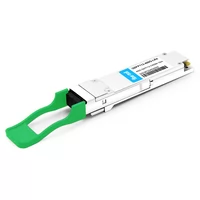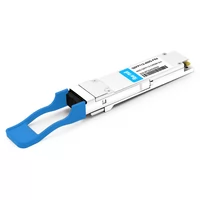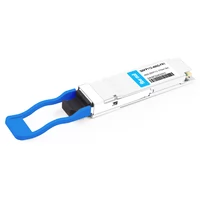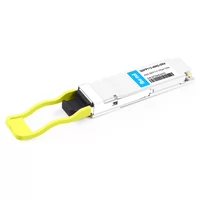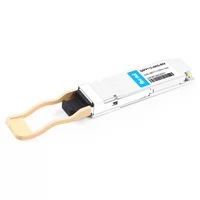The single-lane QSFP112G PAM4 HSIO is designed for future demand. The QSFP112 package has eight high-speed channels, with transmission rates of up to 112G PAM4 for a single channel and up to 800G for the entire package. Backward-compatible QSFP56 simultaneously doubles the speed, meeting IEEE 802.3CK Society standards.
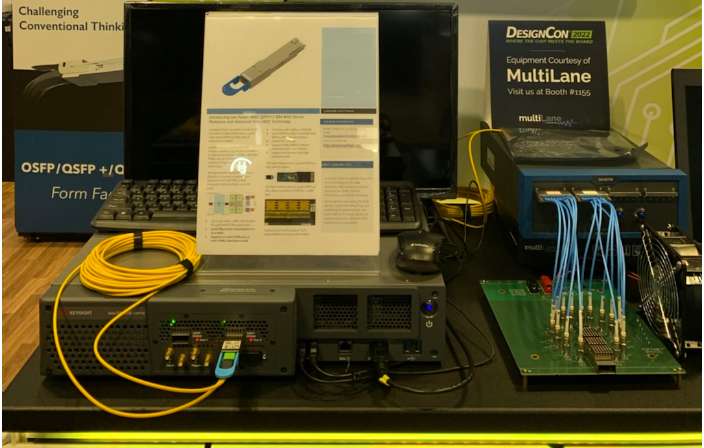
With the release and definition of the specification, the next batch of 400GE port switching chips supporting 112 Serdes will be available soon. Compared with the 8-channel 400GE port, the data of the physical channel is further halved to 4 channels, and the power consumption is reduced by half or more. With the cost of 100GE Serdes further reduced, the 4-channel 400GE port is expected to enter the window of large-scale commercial use after 2023. Data center switch interconnection ports evolve from 100GE ports to 4-channel 112G Serdes 400GE QSFP112.
| 400GE optical module | optical side | electric side | Type |
|---|---|---|---|
| QSFP-DD | 8*50Gb PAM4 | 8*50Gb PAM4 | SR8/LR8(IEEE), SR4.2(MSA) |
| 4*100Gb λ | 8*50Gb PAM4 | DR4 (IEEE), FR4(MSA) | |
| LR4(To be standardized) | |||
| QSFP112 | 4*100Gb λ | 4*112Gb | To be standardized |
Differences between QSFP-DD and QSFP112
According to the survey of FiberMall, SFP28/SFP56 and QSFP28/QSFP56 IO modules are mainly used for connection between switches and switches and between switches and servers in the mainstream market. In the era of the 56Gbps rate, in order to pursue higher port density, the QSFP-DD IO module has been further developed to achieve 400G port capacity. With the doubling of the signal rate, the port capacity of the QSFP-DD module can be doubled to 800G, but this will inevitably lead to a sharp increase in link loss, which further shortens the transmission distance of the passive copper cable IO module. Based on the realistic physical constraints, the 802.3CK group of IEEE currently developed the 112G specification has reduced the maximum length of the copper cable link to 2 meters, based on the 56G rate of copper cable IO of up to 3 meters.
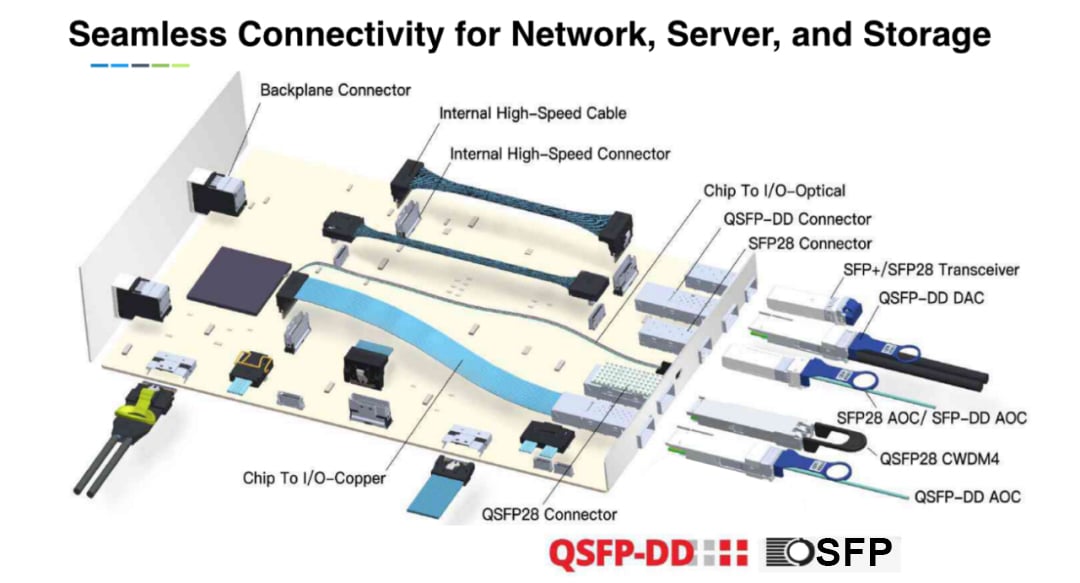
5G, the Internet of Things, Industry 4.0, and artificial intelligence technologies are becoming important forces driving innovation and achieving digital transformation. A new era of the digital economy is coming. At the same time, the rapid development of smart grids and microgrids, as well as the continuous reduction of alternative energy costs and energy storage costs, will promote more interaction and integration between the physical infrastructure of data centers and the upstream power grid and downstream IT. The single-link signal rate will evolve from 112Gbps to higher speeds. There will be more and more requirements for high-frequency and high-speed cable testing, and the threshold for entering the high-speed cable industry will be higher and higher. In this process, there will be a very large number of factories due to no conversion and upgrading by the market out. Professional and focus on their own field, constantly learning and communicating, complementing their lack of space, will be one of the ways of enterprise development. Whether it is SFP28/SFP56 or QSFP28/QSFP56, the update of protocol specifications is bound to bring a new era of high-speed cable growth.
Table of Contents
ToggleRelated Products:
-
 QSFP112-400G-LR4 400G QSFP112 LR4 PAM4 CWDM 10km Duplex LC SMF FEC Optical Transceiver Module
$1500.00
QSFP112-400G-LR4 400G QSFP112 LR4 PAM4 CWDM 10km Duplex LC SMF FEC Optical Transceiver Module
$1500.00
-
 QSFP112-400G-FR4 400G QSFP112 FR4 PAM4 CWDM 2km Duplex LC SMF FEC Optical Transceiver Module
$750.00
QSFP112-400G-FR4 400G QSFP112 FR4 PAM4 CWDM 2km Duplex LC SMF FEC Optical Transceiver Module
$750.00
-
 QSFP112-400G-FR1 4x100G QSFP112 FR1 PAM4 1310nm 2km MTP/MPO-12 SMF FEC Optical Transceiver Module
$1200.00
QSFP112-400G-FR1 4x100G QSFP112 FR1 PAM4 1310nm 2km MTP/MPO-12 SMF FEC Optical Transceiver Module
$1200.00
-
 QSFP112-400G-DR4 400G QSFP112 DR4 PAM4 1310nm 500m MTP/MPO-12 with KP4 FEC Optical Transceiver Module
$650.00
QSFP112-400G-DR4 400G QSFP112 DR4 PAM4 1310nm 500m MTP/MPO-12 with KP4 FEC Optical Transceiver Module
$650.00
-
 QSFP112-400G-SR4 400G QSFP112 SR4 PAM4 850nm 100m MTP/MPO-12 OM3 FEC Optical Transceiver Module
$450.00
QSFP112-400G-SR4 400G QSFP112 SR4 PAM4 850nm 100m MTP/MPO-12 OM3 FEC Optical Transceiver Module
$450.00

